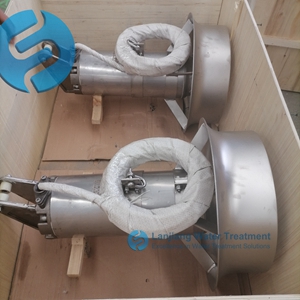The use and maintenance of the mixer is an important link to ensure its normal operation, prolong service life and improve work efficiency. Here are a few aspects to pay attention to when using and maintaining a blender:

Precautions for use
Safe operation:
Before the mixer is started, the blender operating handle should be placed in the "stop" position to ensure that the equipment is in a safe state.
After starting the mixer, it should first rotate at a low speed for a period of time (such as about 10 minutes), so that the hydraulic oil temperature rises to the appropriate working temperature (such as more than 20 ° C) before formal work.
When transporting concrete, it is necessary to ensure that the slide is firmly placed to prevent swinging caused by loosening and ensure driving safety.
The mixed concrete should be discharged within the specified time (such as no more than 2 hours when the temperature is high, no more than 2.5 hours when the temperature is low in rainy weather) to prevent concrete condensation.
Operation specification:
When loading and unloading concrete, the speed of the mixing cylinder should be controlled within a reasonable range (such as 2-10 RPM) to avoid the deterioration of concrete quality caused by too fast or too slow.
When transporting concrete, the engine speed should be kept within a certain range (such as 1000-1400 RPM), and the speed should not exceed the prescribed limit value (such as 40km/h) to ensure driving safety and mixing effect.
After mixing, the mixing drum and body should be cleaned in time to prevent damage to the equipment caused by concrete residue.
Environmental adaptability:
When parked in the open air, the mixing drum should be reversed before loading to discharge water and debris to ensure the quality of concrete.
In cold seasons, such as winter, take measures to prevent the equipment from freezing, such as installing thermal insulation and using antifreeze.
Maintenance precautions
Cleaning work:
Clean the inside and outside surfaces of the mixer regularly to remove dirt and residue and keep the equipment clean.
Use the hose with the car to flush the inlet, hopper and discharge chute and other parts to avoid concrete residue.
Lubrication maintenance:
Add or replace the lubricant according to the specified cycle to ensure the normal operation of the components. Pay attention to check the lubrication of key parts such as bearings and gears.
Check fasteners:
Regularly check whether bolts, nuts and other fasteners are loose, and tighten them in time to prevent falling off or causing accidents.
Observe the running status:
Pay attention to whether the sound and vibration of the mixer are normal, if there is any abnormality, it should be stopped in time to check and troubleshoot.
Check the seals:
Ensure that the seals are in good condition and do not leak to prevent the leakage of lubricating oil or concrete slurry from causing damage to the equipment.
Electrical system inspection:
Check whether electrical components such as wires and plugs are intact to ensure that the electrical system is safe and reliable.
Regular maintenance schedule:
Make regular maintenance plan and carry out maintenance work according to the plan. Including replacement of wearing parts, adjustment of transmission parts, etc.
Training and records:
Train operators to understand the maintenance knowledge and operation points to improve the level of equipment use and maintenance.
Record maintenance information so that problems can be traced and analyzed, providing reference for future maintenance work.
In summary, the use and maintenance of mixers need to pay attention to safe operation, standardized operation, environmental adaptability, cleaning, lubrication, fastening, observation of operating status, inspection of seals, electrical system inspection and other aspects. Only by comprehensively doing these tasks can we ensure the normal operation and extend the service life of the mixer.
Nanjing LanJiang Water Treatment Equipment Co.,Ltd manufactures equipment for wastewater treatment. We were established in 2001. Since then, we designed and produced submersible mixers, top entry mixers, aerators and other wastewater treatment equipment.
Post time:2024-09-23